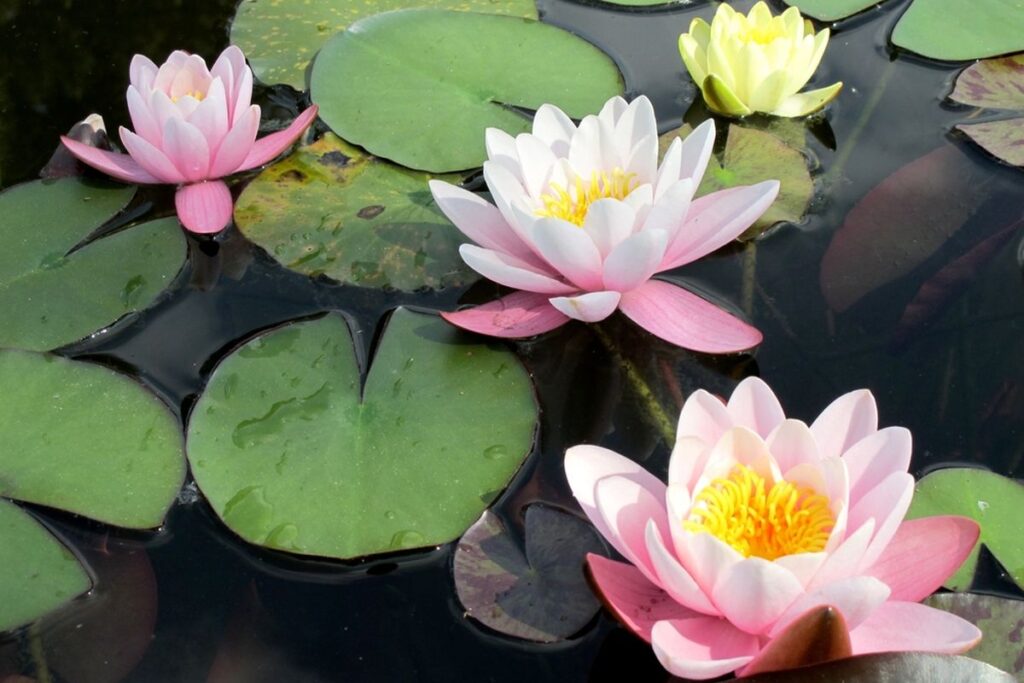The serene beauty of aquatic environments is often adorned with captivating flora, and one such enchanting aquatic plant is the teratai888, commonly known as the Lotus. Teratai, with its delicate petals and symbolic significance, has held a special place in the hearts and cultures of many across the world.
The Botanical Marvel: Teratai, scientifically classified as Nelumbo nucifera, is a remarkable aquatic plant known for its unique growth habit. Its distinctively large, round leaves float gracefully on the water’s surface, while its captivating blossoms rise above the surface on tall, slender stalks. These blossoms are the highlight of the Teratai, showcasing a wide array of colors, from pristine white and soft pink to vibrant red and deep purple. Each petal of the Lotus is like a work of art, delicately arranged to create a stunning spectacle.
Cultural Significance: Beyond its sheer beauty, Teratai holds profound cultural and symbolic importance in various parts of the world. In Hinduism and Buddhism, the Lotus is considered sacred and symbolizes purity, enlightenment, and rebirth. It often represents the emergence of beauty and enlightenment from the muck and mire, as the Lotus blooms in murky waters. In Asian cultures, it is often associated with divinity, grace, and spiritual awakening.
Medicinal and Culinary Uses: The Teratai is not just a feast for the eyes; it offers a range of practical uses. In traditional medicine, different parts of the Lotus plant, including the seeds, leaves, and rhizomes, are valued for their therapeutic properties. Lotus seeds are used in traditional Asian cuisine, adding a unique flavor and texture to a variety of dishes. They are also popular as a nutritious and low-calorie snack.
Habitat and Conservation: Teratai is native to various regions of Asia, including India, China, and Southeast Asia, where it thrives in shallow, freshwater bodies such as ponds, lakes, and slow-moving rivers. However, habitat destruction and pollution have posed significant threats to the survival of this magnificent plant and its associated aquatic ecosystems. Conservation efforts are underway to protect the Teratai and its fragile habitat, emphasizing the importance of preserving these serene aquatic environments.





More Stories
Trader Joe’s: A Unique Shopping Experience
Understanding Finance: A Comprehensive Overview
Understanding Vaping: A Comprehensive Guide